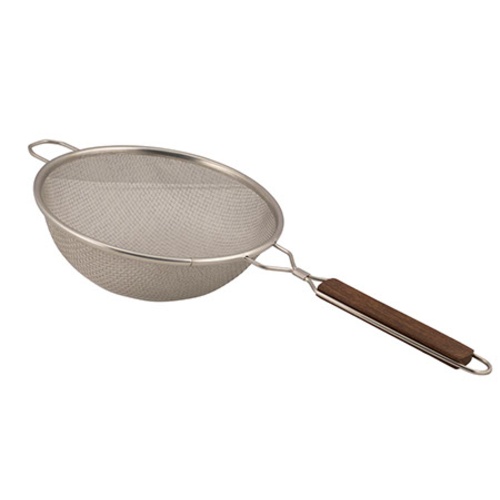Andy Brosius
Active Member
- Joined
- Apr 5, 2020
- Messages
- 43
- Reaction score
- 7
Hi all, very basic question here so please forgive me if it belongs in the beginners' forum.
At the end of every boil, I notice I have a lot of particulate matter in my wort, even though I always use a brew bag during the mash and hop spiders during the boil. On my most recent batch, I used slices of an old brew bag to filter it out while transferring from the brew kettle to the fermenter.
What exactly is this stuff? Should I continue filtering it out before fermentation, or is it something that should be addressed later?
(I'm not currently filtering post-fermentation, but I do generally add some gelatin when transferring to the keg).
Thanks!

At the end of every boil, I notice I have a lot of particulate matter in my wort, even though I always use a brew bag during the mash and hop spiders during the boil. On my most recent batch, I used slices of an old brew bag to filter it out while transferring from the brew kettle to the fermenter.
What exactly is this stuff? Should I continue filtering it out before fermentation, or is it something that should be addressed later?
(I'm not currently filtering post-fermentation, but I do generally add some gelatin when transferring to the keg).
Thanks!

Last edited:










































![Craft A Brew - Safale BE-256 Yeast - Fermentis - Belgian Ale Dry Yeast - For Belgian & Strong Ales - Ingredients for Home Brewing - Beer Making Supplies - [3 Pack]](https://m.media-amazon.com/images/I/51bcKEwQmWL._SL500_.jpg)
















